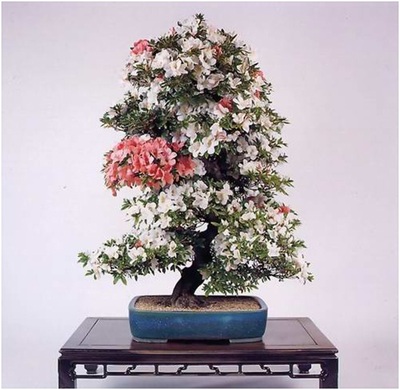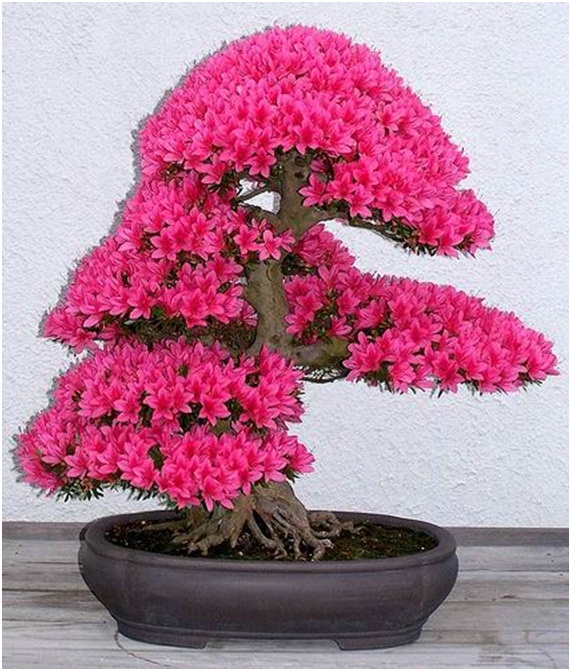When we visited Japan in the 1970's we stayed in a Japanese house and slept on Tatami mats, visited the sacred gardens of Kyoto and had the once in a lifetime opportunity to visit the Bonsai Village outside Tokyo. Chali was a young girl at the time and the ladies simply adored her, taking her into their home and doting on her. I believe she was the catalyst for our being invited into an area where I doubt few westerners had ever been, a sanctuary of Bonsai more than 500 years old.
The Bonsai Village is composed of the homes of all Bonsai masters and we were fortunate to be allowed to visit the oldest and speak with some of the masters. It was an unforgettable experience of meeting the young and old members of families whose knowledge and care had been handed down from generation to generation.
Wikipedia gives us some excellent history of bonsai culture and one of the sentences struck me as a special view of life and man's collaboration with Nature.
From about the year 970 comes the first lengthy work of fiction in Japanese, Utsubo Monogatari (The Tale of the Hollow Tree), which includes this passage: "A tree that is left growing in its natural state is a crude thing. It is only when it is kept close to human beings who fashion it with loving care that its shape and style acquire the ability to move one."
The idea, therefore, was already established by this time that natural beauty becomes true beauty only when modified in accordance with a human ideal.
The art of Bonsai is for the contemplation of those who view the plants and a concentrated effort from the grower to keep the plant in perfect health through the knowledge of a careful balance between the root system and the upper growing plant, critical knowledge of the amount of water to be given and the art of pruning and sharing the plant.
Here are some special pictures of bonsai. Enjoy their beauty in inner contemplation.




Narad (Richard Eggenberger)
Copyright 2016